What makes this tropical house in the Bahamas sing? One 'odd' thing in each room
Designer Clive Lonstein and architect Arthur Chabon set out to create a layered home that felt ‘unexpected’ while staying true to its Bahamian provenance
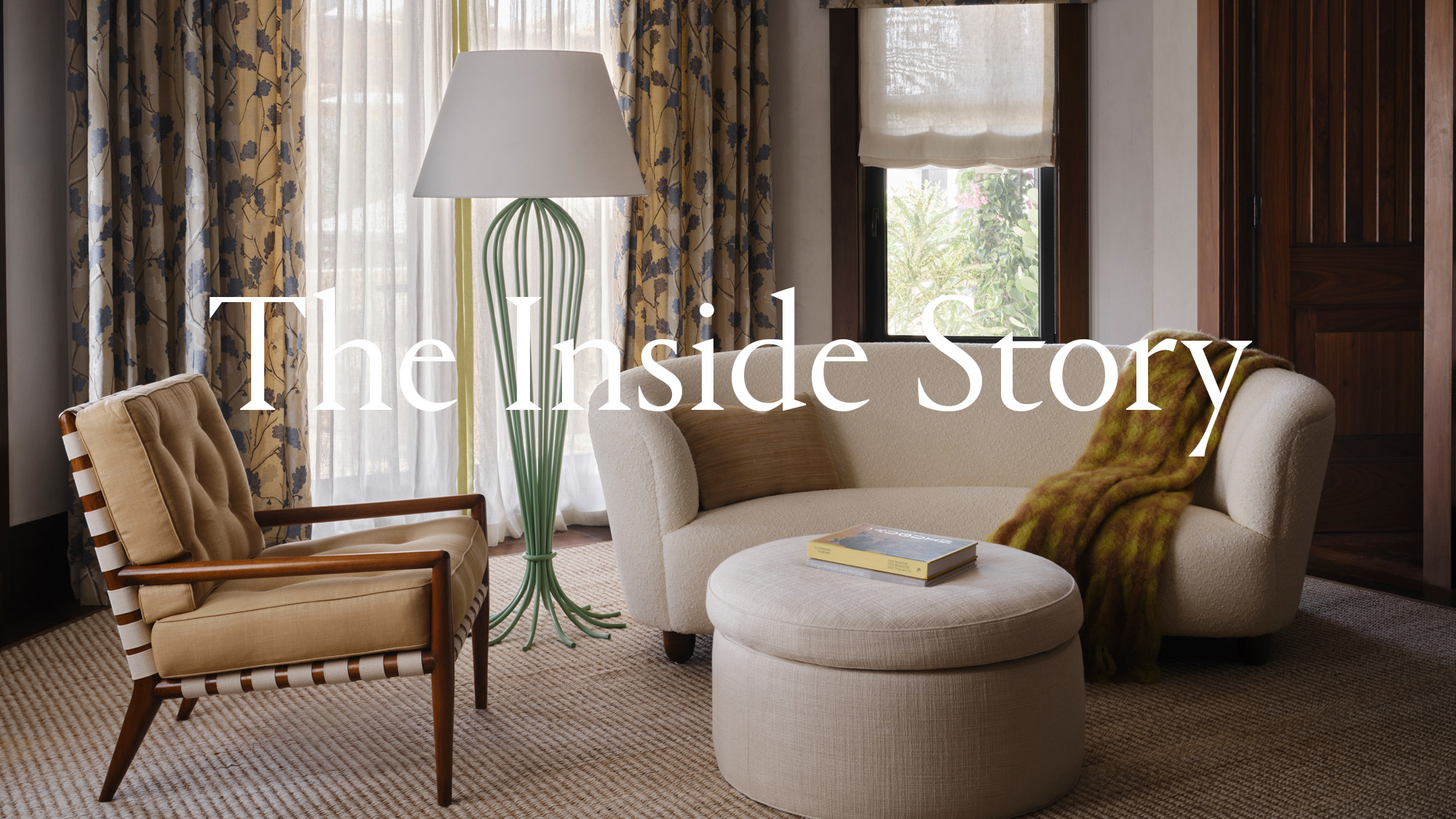
This is the latest instalment of The Inside Story, Wallpaper’s series spotlighting intriguing, innovative and industry-leading interior design.
When a particularly interesting client – one who wants their home to mirror their personality – lands on an interior designer’s desk, it’s a challenge they relish. For designer Clive Lonstein, that client was an artist, philanthropist and business executive who founded a private equity firm focused on female-led ventures. She and her partner commissioned a residence in Nassau, the Bahamas. ‘The client, an artist with a deep interest in colour, inspired a layered approach that brought in pattern and flora,’ says Lonstein. Let’s step inside.
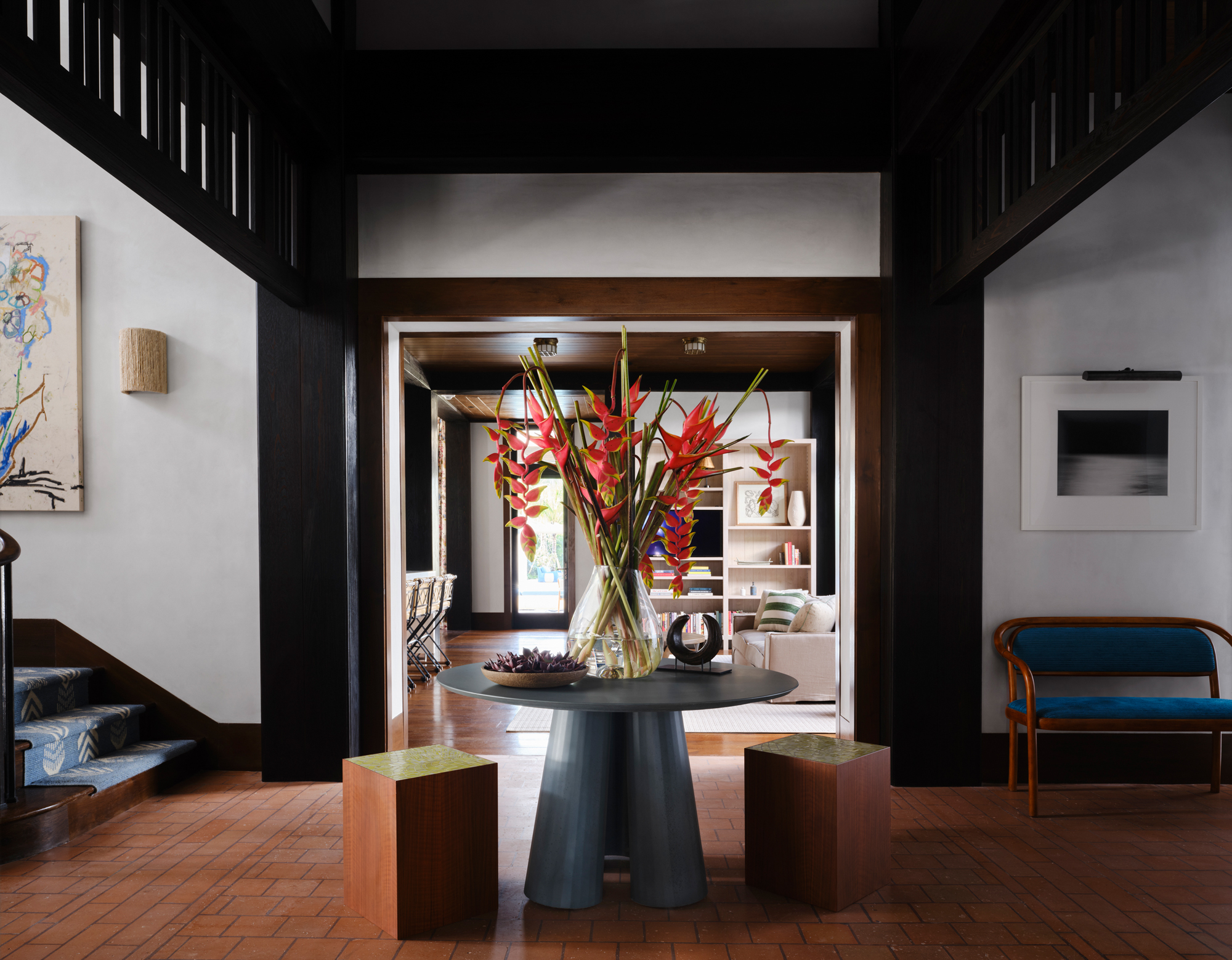
The 15,000-square-foot home – along with its 2,000-square-foot guest house – is a patchwork of design, art and artisanship which harmonises with its lush surroundings. ‘We approached the design with a sensitivity to the environment, especially the quality of light. Understanding how light and shadow move through the space was central to our material and palette choices,’ the designer confirms. ‘We also worked with tones that felt grounded in the landscape – sun-washed, vegetal and slightly desaturated.’
This interplay between inside and out is literally built in: ‘[The surroundings] inspired us to create shaded, soothing spaces that look out to the bright gardens and courtyards, and to use materials that actively interact with the sunlight,’ says the project's architect Arthur Chabon.
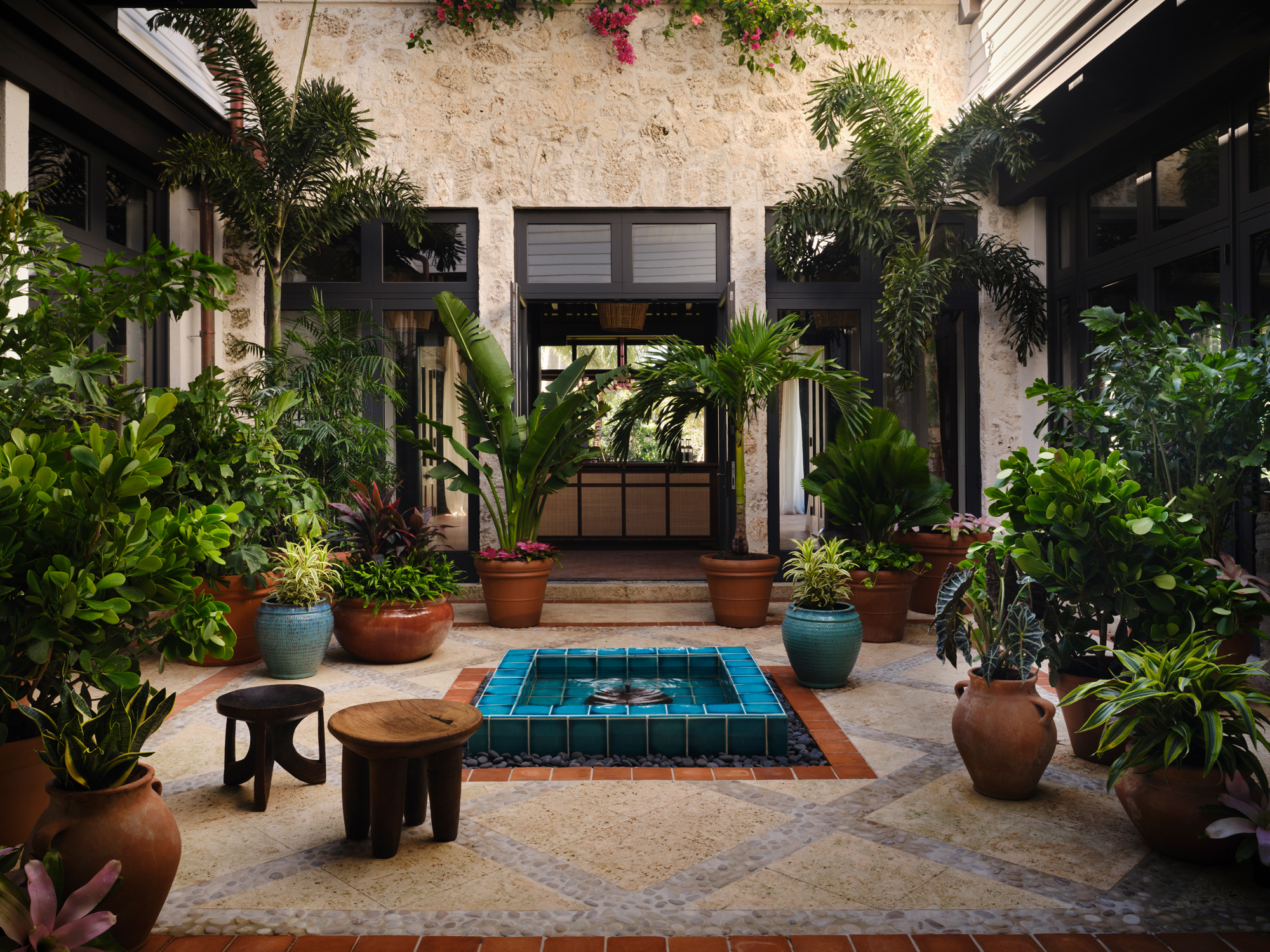
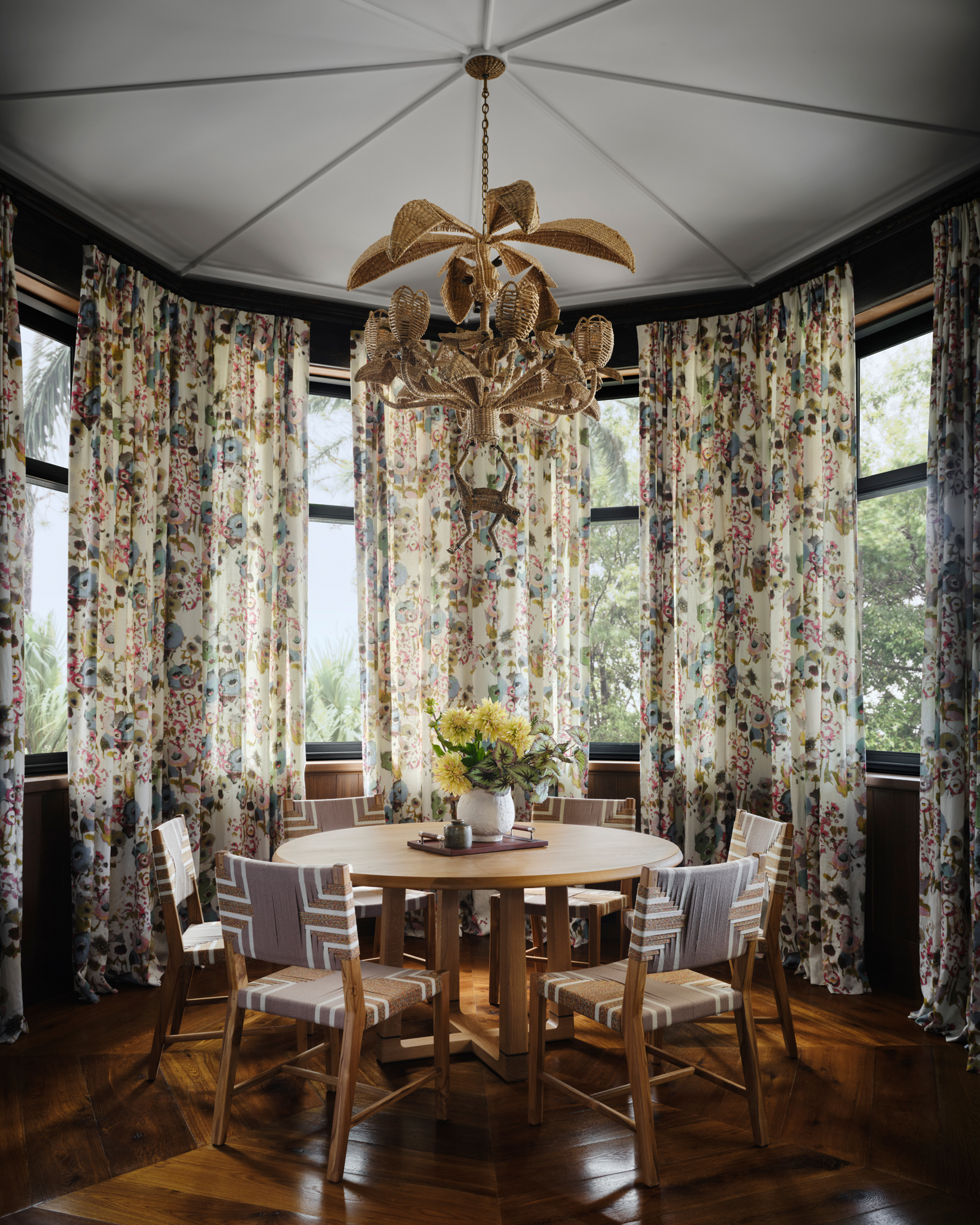
Furnishings were key in, as Lonstein puts it, ‘[reflecting] the client’s individuality and artistic spirit’. ‘It was never meant to follow a typical bohemian playbook,’ he says. ‘One of the defining aspects of the brief was the desire for each space to include one element that felt kind of “odd” or offbeat – something that disrupted symmetry in a thoughtful way.’
Accordingly, the dining area is home to a pink blown glass chandelier, lemon-yellow glass mosaic side tables, a bamboo dining table carved to look like citrus segments, and chairs upholstered in a tropical Pierre Frey tapestry. It’s Lonstein’s favourite space: ‘The terracotta floors and coral rock walls ground the room in the local context, while the pink glass chandelier adds a playful, sculptural element.’
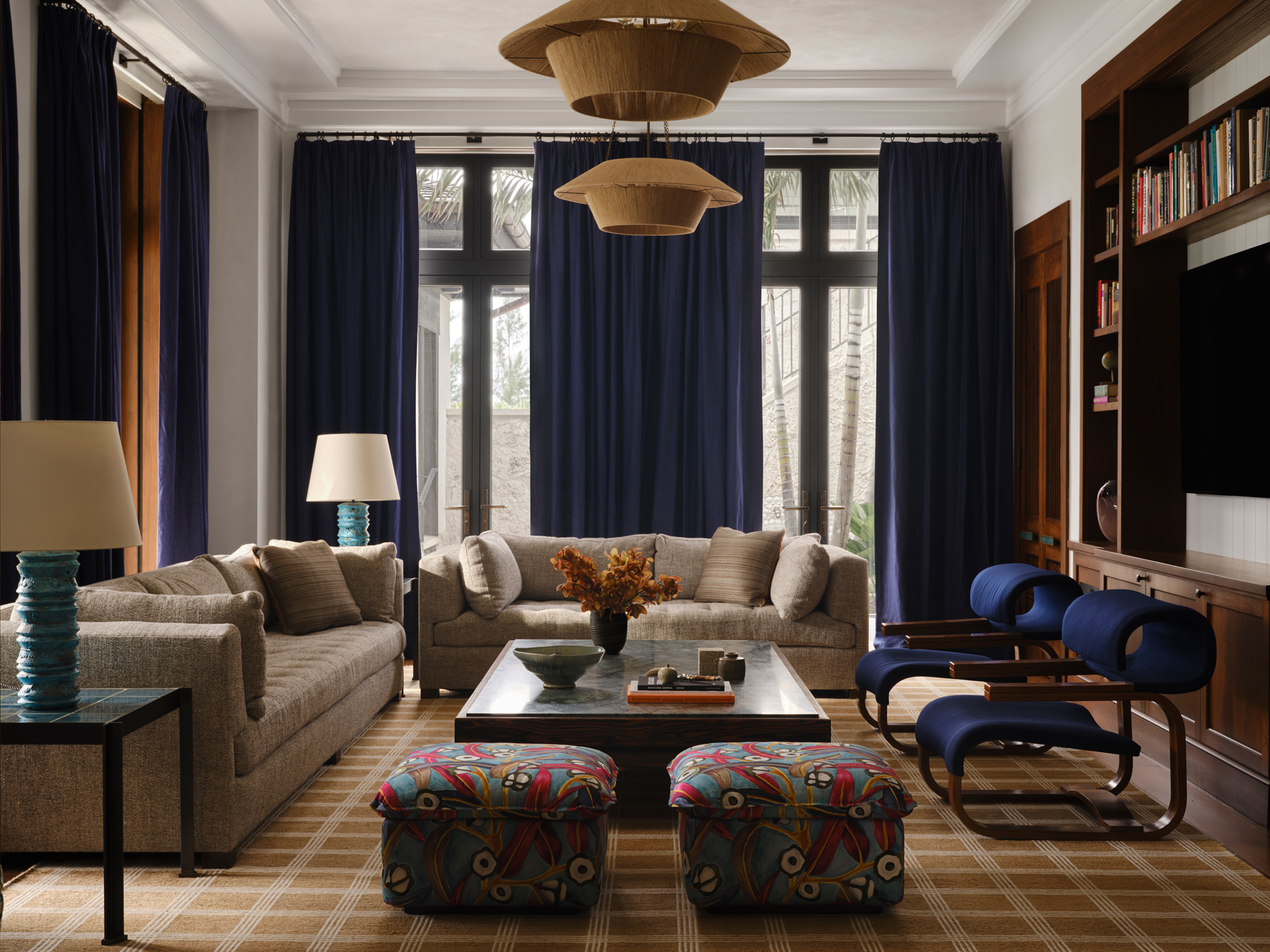

In the kitchen, 1950s orange Guillerme and Chambron lounge chairs coexist with a rattan Monkey Chandelier by Mario Lopez Torres. The living area, cast in a palette of blues, greys, and azures, centres around an emerald onyx coffee table – ‘its sedimentary layers offer a subtle reference to sand formations and the natural landscape’, notes Lonstein – and a sofa upholstered in floral Dedar fabric.
Receive our daily digest of inspiration, escapism and design stories from around the world direct to your inbox.
In the bedrooms, a sense of calm pervades through the use of neutral tones and luxurious-feeling textiles. Colonial Bahamian architecture is felt in custom paneling, while 1960s Danish ceramic pendants by Sejer Keramikfabrik, mirrored nightstands emblazoned with lightning-inspired motifs, and floral drapery contribute to the organic aesthetic. The guest house leans playful, with elements like electric-blue mirrored wall panels and a turquoise lava stone sink in the powder room.

True to the Caribbean lifestyle, the outdoor spaces are as considered as the interiors. Restoration Hardware furniture is cast in aquamarine Perennials fabric, while a large marble sculpture by Jaume Plensa, Wilsis Whispering, serves as a commanding focal point. ‘The furniture selection was driven by a desire for an eclectic mix and a layered, collected feel,’ says Lonstein. ‘Each item needed to have its own distinct character; nothing was overly polished.’
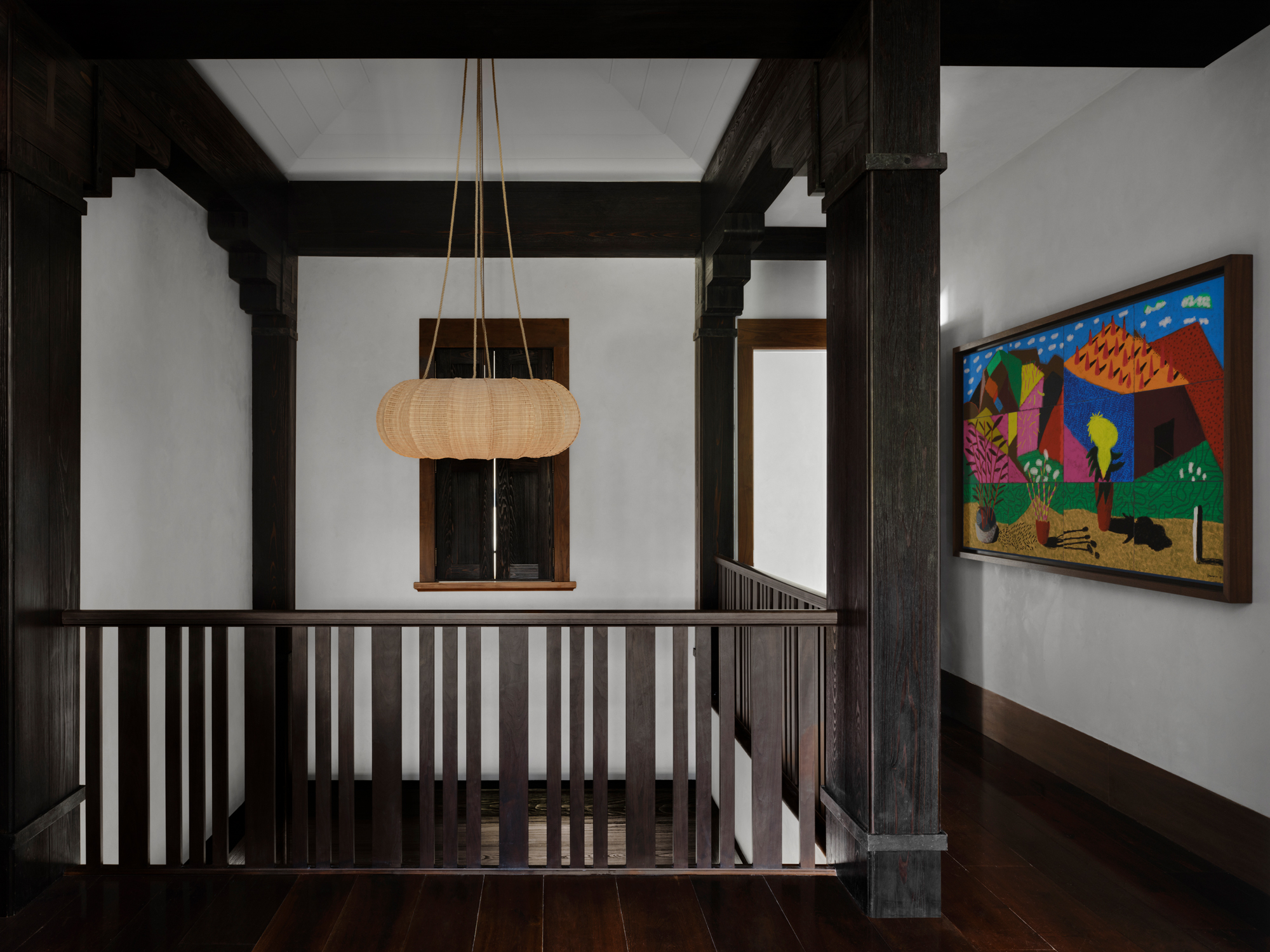

Chabon describes their clients as ‘possessing a fascinating and stimulating combination of deep spirituality and midwestern sensibility, of romantic artistic expression and common sense’. This is reflected in a home that blends design-forward eclecticism with tropical-inspired beauty, resulting in a space that feels ‘both curated and unexpected’.
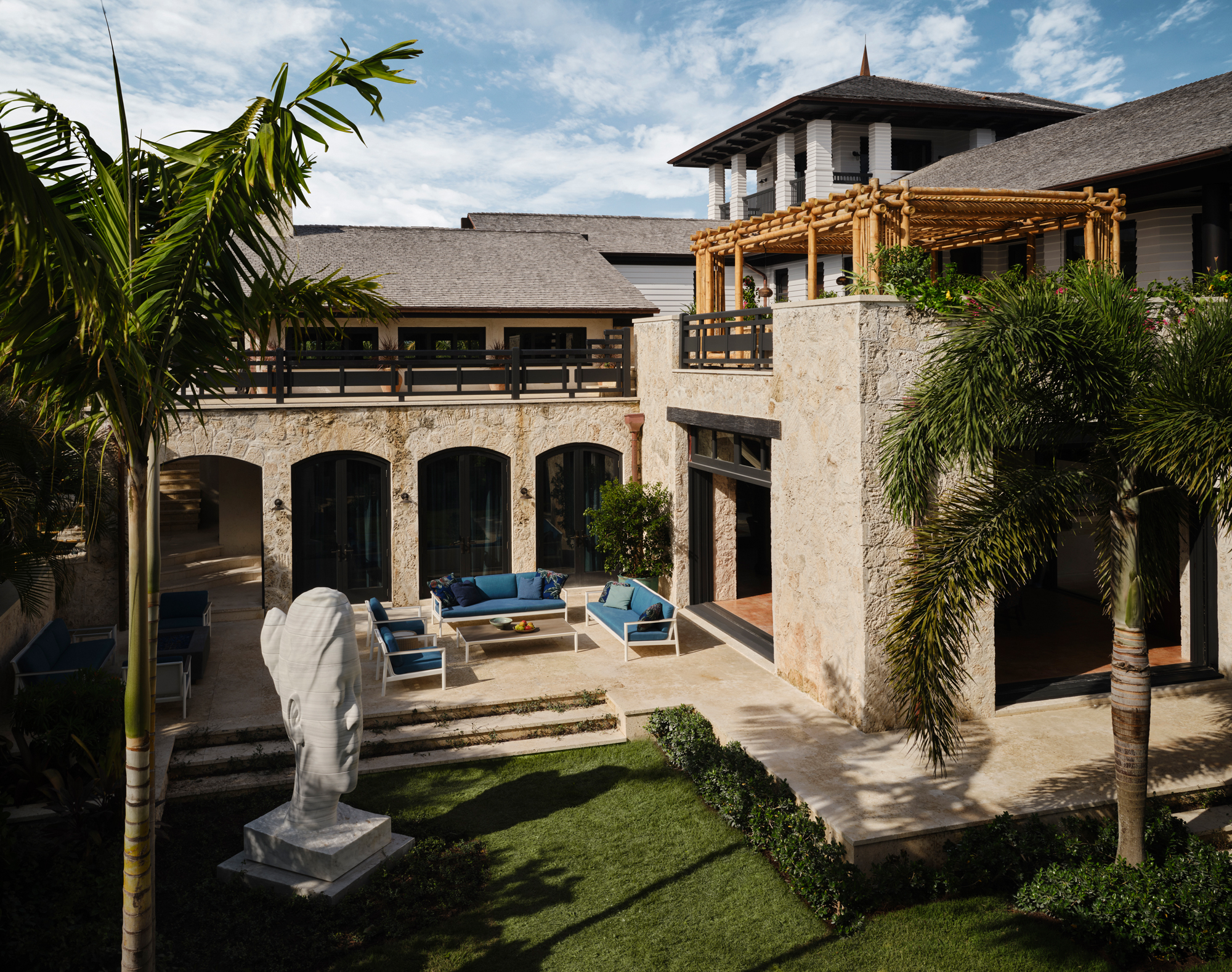
Anna Solomon is Wallpaper’s digital staff writer, working across all of Wallpaper.com’s core pillars. She has a special interest in interiors and curates the weekly spotlight series, The Inside Story. Before joining the team at the start of 2025, she was senior editor at Luxury London Magazine and Luxurylondon.co.uk, where she covered all things lifestyle and interviewed tastemakers such as Jimmy Choo, Michael Kors, Priya Ahluwalia, Zandra Rhodes, and Ellen von Unwerth.
-
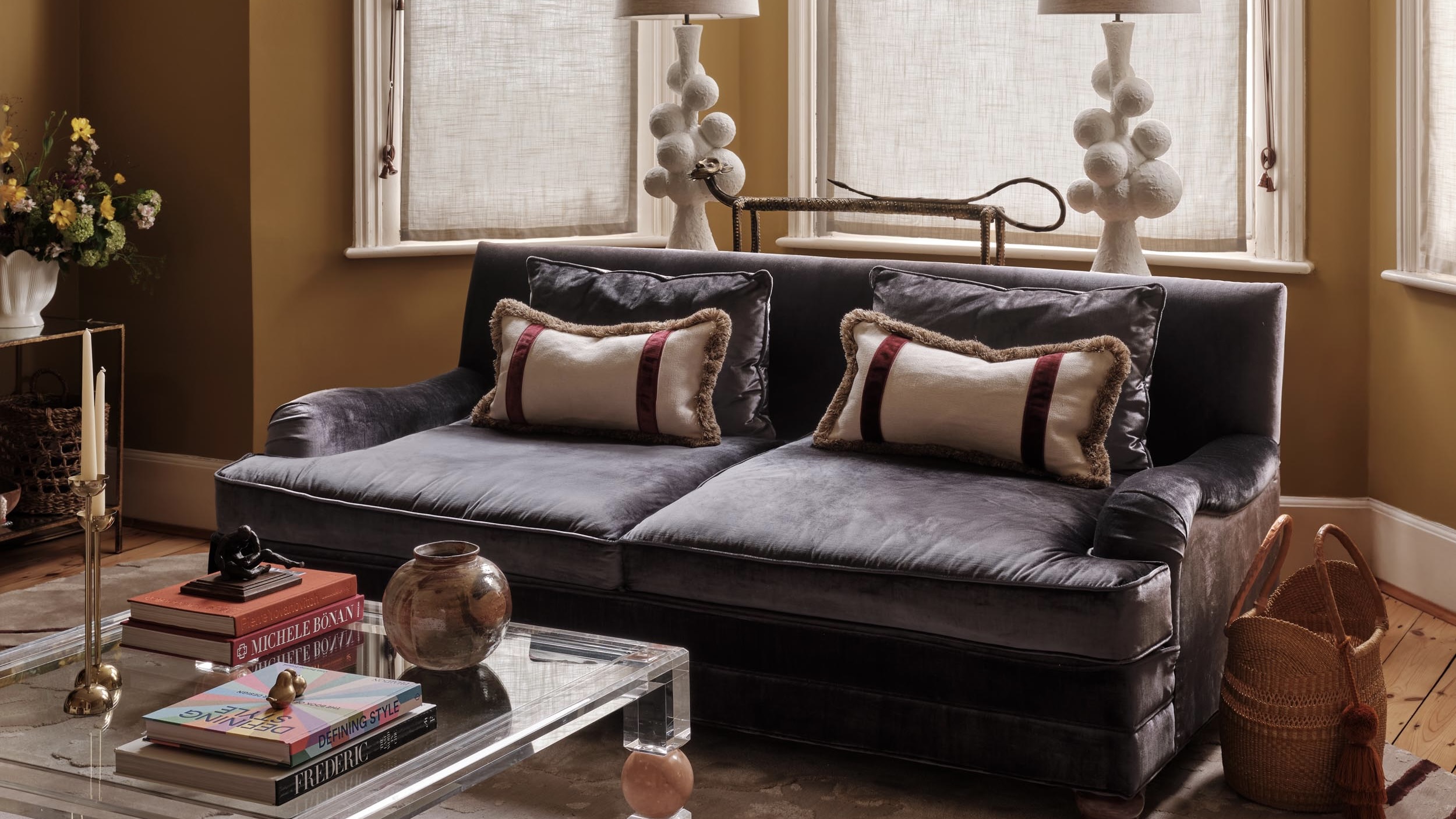 How to elevate a rental with minimal interventions? Charu Gandhi has nailed it with her London home
How to elevate a rental with minimal interventions? Charu Gandhi has nailed it with her London homeFocus on key spaces, work with inherited details, and go big on colour and texture, says Gandhi, an interior designer set on beautifying her tired rental
-
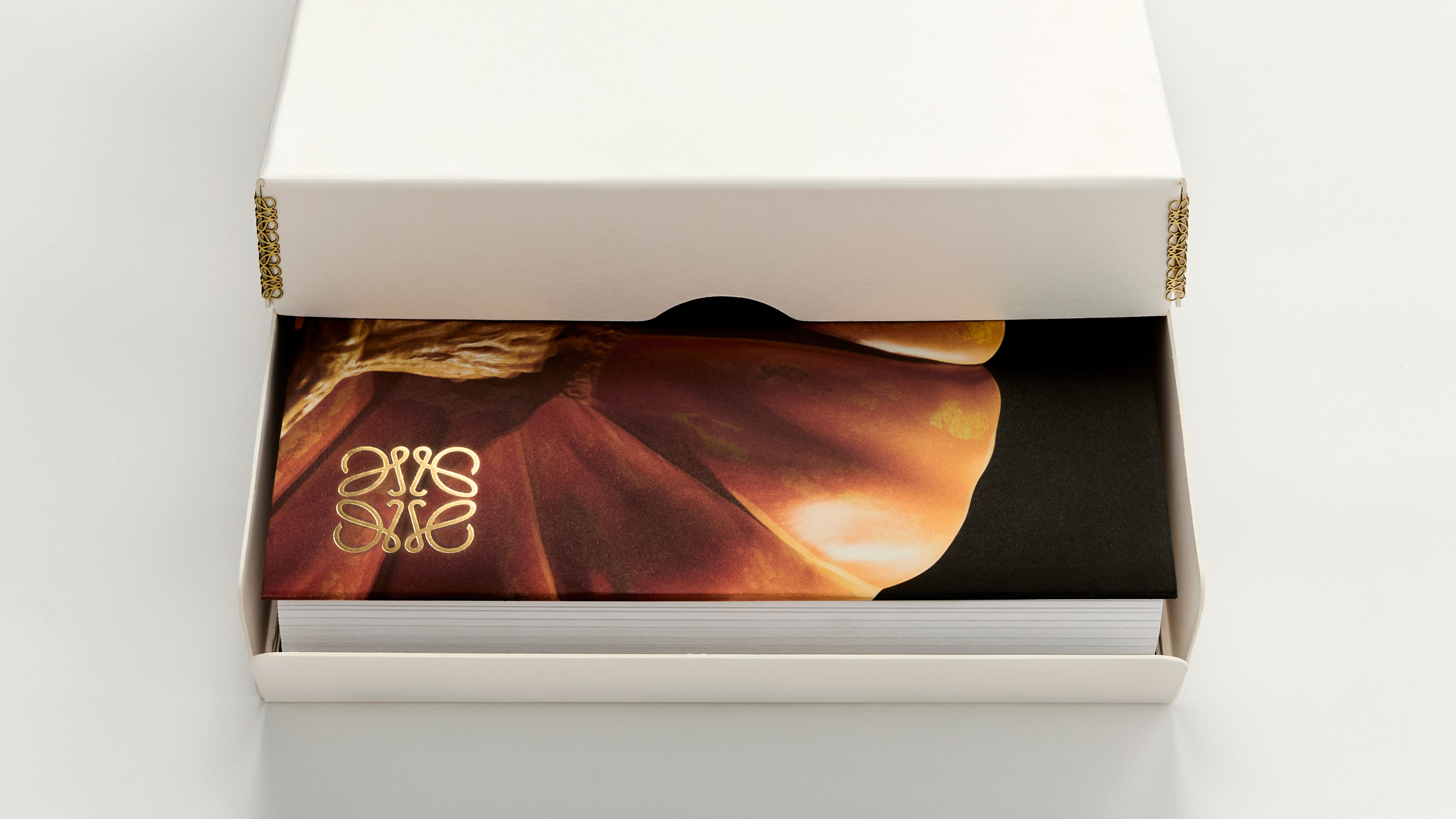 These fashion books, all released in 2025, are the perfect gift for style fans
These fashion books, all released in 2025, are the perfect gift for style fansChosen by the Wallpaper* style editors to inspire, intrigue and delight, these visually enticing tomes for your fashion library span from lush surveys on Loewe and Louis Vuitton to the rebellious style of Rick Owens and Jean Paul Gaultier
-
 Out of office: The Wallpaper* editors’ picks of the week
Out of office: The Wallpaper* editors’ picks of the weekFar from slowing down for the festive season, the Wallpaper* team is in full swing, hopping from events to openings this week. Sometimes work can feel like play – and we also had time for some festive cocktails and cinematic releases